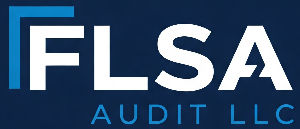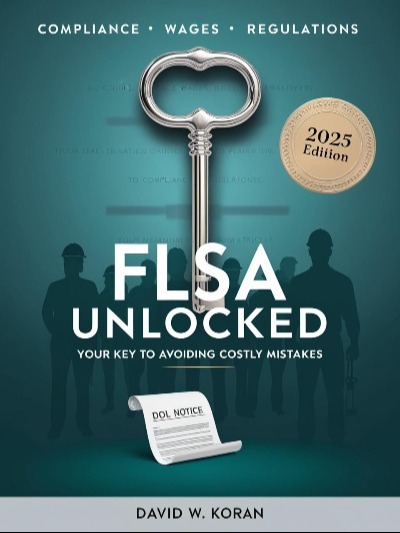Why Did the Payroll Audit Independent Determination Program (PAID) Fade Away?
In March 2018, the U.S. Department of Labor (DOL) rolled out an ambitious experiment: the Payroll Audit Independent Determination (PAID) Program. The idea was simple—let employers voluntarily confess to wage violations under the Fair Labor Standards Act (FLSA), pay workers what they were owed, and avoid the heavy hand of penalties or lawsuits. Fast forward to January 29, 2021, and PAID was suddenly scrapped. So, what happened? Did it flop, or was it just a victim of shifting priorities? Let’s unpack the story.
A Promising Start
On paper, PAID sounded like a win-win. Employers could audit their payroll, report mistakes like unpaid overtime or minimum wage shortfalls, and settle up with workers quickly. In return, the DOL waived penalties and liquidated damages, and workers got their money without the hassle of a drawn-out fight. By July 2020, the program had recovered over $7 million in back wages for more than 11,000 workers—hardly chump change. Cases were resolved in half the time of traditional investigations, and the DOL touted higher back wages per staff hour. Efficiency? Check. Results? Check. So why didn’t it last?
The Catch—and the Critics
PAID’s design came with strings attached. Workers who accepted back wages through the program had to waive their right to sue over those specific violations. That meant no chance to pursue bigger payouts under state laws, which often outmuscle the FLSA with tougher penalties or longer statutes of limitations. Critics pounced early. In June 2018, a coalition of state attorneys general fired off a letter arguing PAID “undercuts workers’ rights” and gives shady employers an easy out. They saw it as a get-out-of-jail-free card for businesses, leaving law-abiding competitors at a disadvantage.
The DOL’s pitch was that PAID would foster a culture of compliance, but not everyone bought it. Employers might’ve hesitated too—why risk fessing up to the feds, even with no penalties, when it could invite scrutiny or bad PR? Plus, the program didn’t apply to ongoing lawsuits or investigations, narrowing its reach. Despite its early wins, PAID’s voluntary nature might’ve kept it from scaling up.
A New Sheriff in Town
The real turning point came in 2021. With a new administration in Washington, the DOL pulled the plug, declaring PAID “deprived workers of their rights and put employers that play by the rules at a disadvantage.” No detailed autopsy followed—just a swift end. This wasn’t about the program breaking down; it was about a shift in philosophy. The Biden administration signaled a return to old-school enforcement—think more investigations, steeper consequences, and less leniency. PAID’s employer-friendly vibe didn’t fit the vibe.
Did It Fail, or Was It Pushed?
Here’s the kicker: PAID didn’t exactly “fail” in the traditional sense. It delivered millions in back wages and streamlined resolutions. But success isn’t just about numbers—it’s about who’s judging. To its supporters, PAID was a practical fix for honest mistakes. To its detractors, it was a loophole that let employers off too easy and left workers shortchanged on justice. When the political winds changed, PAID didn’t stand a chance.
The Takeaway
The rise and fall of PAID is a lesson in how policy reflects priorities. It wasn’t a broken system—it was a system that didn’t align with the new guard’s vision. For workers, it’s a reminder that how you get paid matters as much as what you get paid. For employers, it’s a heads-up: self-reporting might not always come with a safety net. And for the rest of us? It’s a front-row seat to the tug-of-war between efficiency and accountability in the workplace.
What do you think—should PAID have gotten a second shot, or was it doomed from the start? Let us know in the comments!

